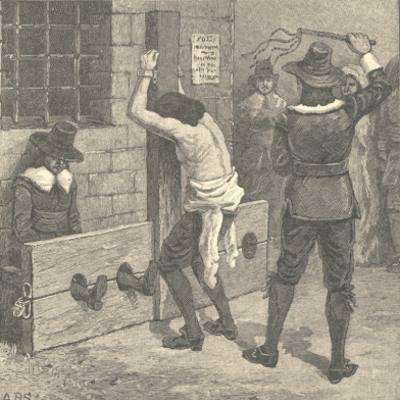florduh
Well-Known Member
That's literally why the Puritans came to America. 17th century Christians in England, who were plenty conservative, weren't extreme enough for them. The first North American colonists were basically the Christian Taliban.


Now the EU is doing similar by telling people to not use words like Christmas. You should use "Holidays" instead because its less tradtional, less Christian, it is more political correct. Shame on them.That's literally why the Puritans came to America. 17th century Christians in England, who were plenty conservative, weren't extreme enough for them. The first North American colonists were basically the Christian Taliban.












 www.rawstory.com
www.rawstory.com


Elizabeth Holmes found guilty of conspiracy in fraud trial
Theranos founder Elizabeth Holmes has been found guilty of at least one conspiracy charge in the trial over alleged financial fraud that led to the downfall of her company, reports the New York Times.In a verdict that was delivered on Monday evening, the jury found Holmes guilty of one count of...www.rawstory.com






 www.fingerlakes1.com
www.fingerlakes1.com

Nearly two-thirds of Kroger workers say they do not earn enough money to pay for basic expenses every month. Among the workers who are unable to afford necessities, 44 percent say they are unable to pay for rent and 39 percent say they are unable to pay for groceries. Fourteen percent of Kroger workers are homeless now or have been homeless during the past year.


The pay for Kroger’s CEO has increased 296 percent over the past decade and is now 909 times greater than the median pay for company employees. This is one of the largest CEO-worker pay gaps of any major American company. As Kroger’s stock price increased, the company recently adopted a stock buyback program that enriched its largest shareholders rather than invest in its front-line workers.
/cloudfront-us-east-2.images.arcpublishing.com/reuters/5Z477RE5QFOG5K32JRBXUUDZM4.jpg)




